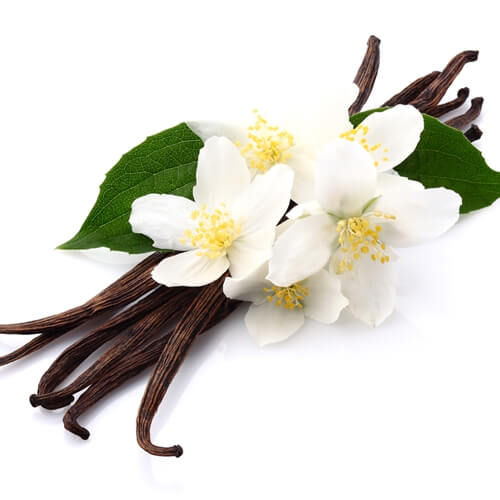Choosing the right vanilla flavoring
Vanilla is a key ingredient in the baking and pastry arts. There are different types of vanilla flavoring options available to cooks and consumers. Some culinary students are unaware of the differences between these products and what they can mean for their recipe.
How to make vanilla extract
Vanilla flavor traditionally comes from vanilla beans. The beans contain a substance called vanillin which is extracted and used in cooking and food preparation.
To make your own vanilla extract at home, all you need are vanilla beans, alcohol and time. Just place split vanilla beans in a sealed container full of alcohol. Traditionally, this is done with vodka so the vanilla is not overpowered, but you can try using bourbon for a unique flavor combination. You should use about four vanilla beans for every eight ounces of alcohol. Leave the beans in the alcohol for a at least two months. The alcohol will extract the vanillin from the beans. Once its been stored in a cool, dark place for long enough, you can remove the beans and use the extract for baking.
No Recipes, a cooking blog, recommended using miniature sized bottles of alcohol, the kind they serve on a plane, for the process. This will provide you with a convenient bottle of vanilla extract.
Vanilla flavoring in stores
Many of the vanilla extracts you buy in the store are made using a similar process. Some, however, are made through different means. America’s Test Kitchen, a TV cooking show, published a consumer piece explaining the different vanilla flavoring techniques of grocery store items. Vanillin can also be extracted from some woods or made artificially. Imitation vanilla is much cheaper to produce than farming vanilla beans, so artificial vanilla flavor products are much less expensive.
You can tell which is which by looking at the labels. If a product’s label prominently states it is flavored with “vanilla extract”, then it is made from vanilla bean. If it contains “natural vanilla flavor” then it is probably made from wood. Finally, if it just says “vanilla” then it probably contains synthetic options and other ingredients but no vanilla beans.
Which one should you use?
Serious Eats performed a taste test of the different vanilla flavoring options. They sampled different recipes using pure homemade vanilla extract, store-bought vanilla extract or artificial vanilla flavoring.
The taste test found that when it came to foods cooked with many ingredients, like cookies, the participants could not tell the difference between the flavoring options. In simpler recipes that were prepared cold, like eggnog, the homemade and high end store bought vanilla extracts were the obvious favorite.
So if you are cooking with a recipe that calls for vanilla flavoring, take into account how sensitive the pallet of your audience is and how much the vanilla is going to stand out.


